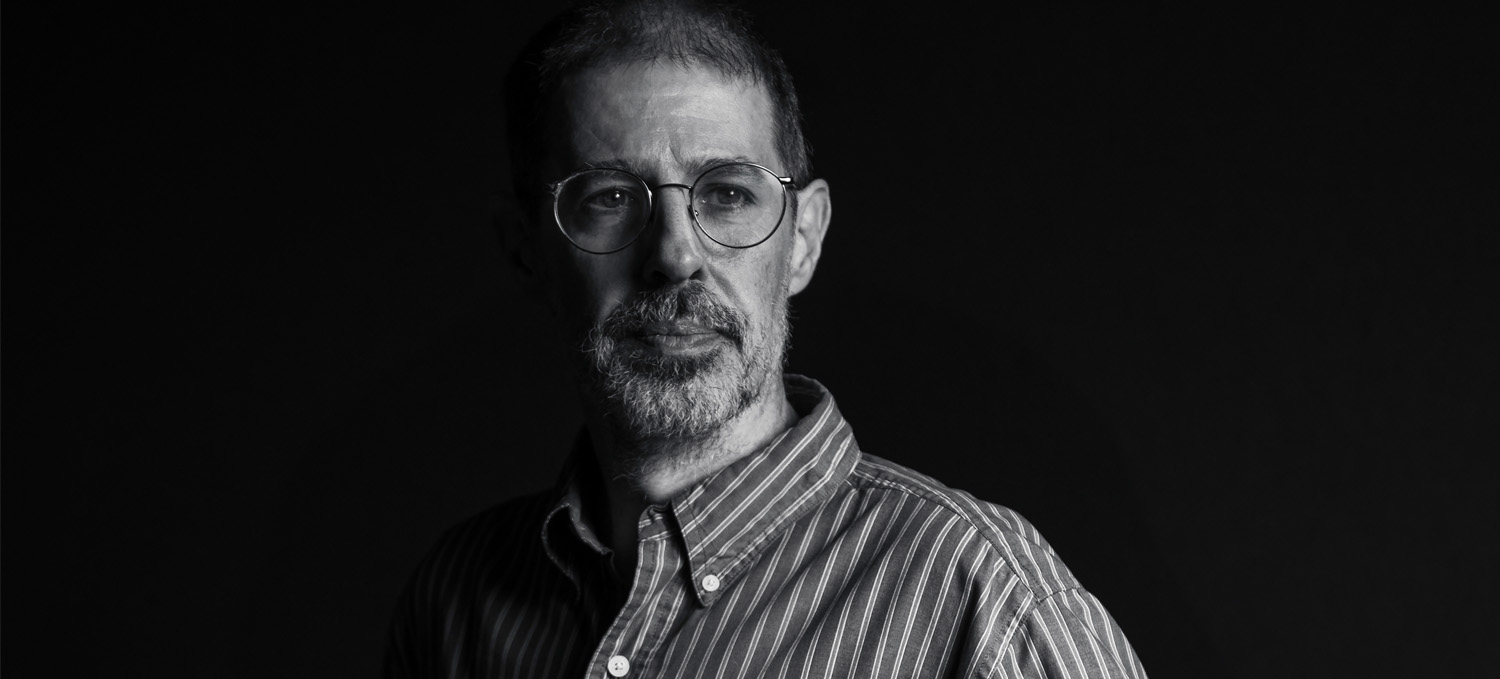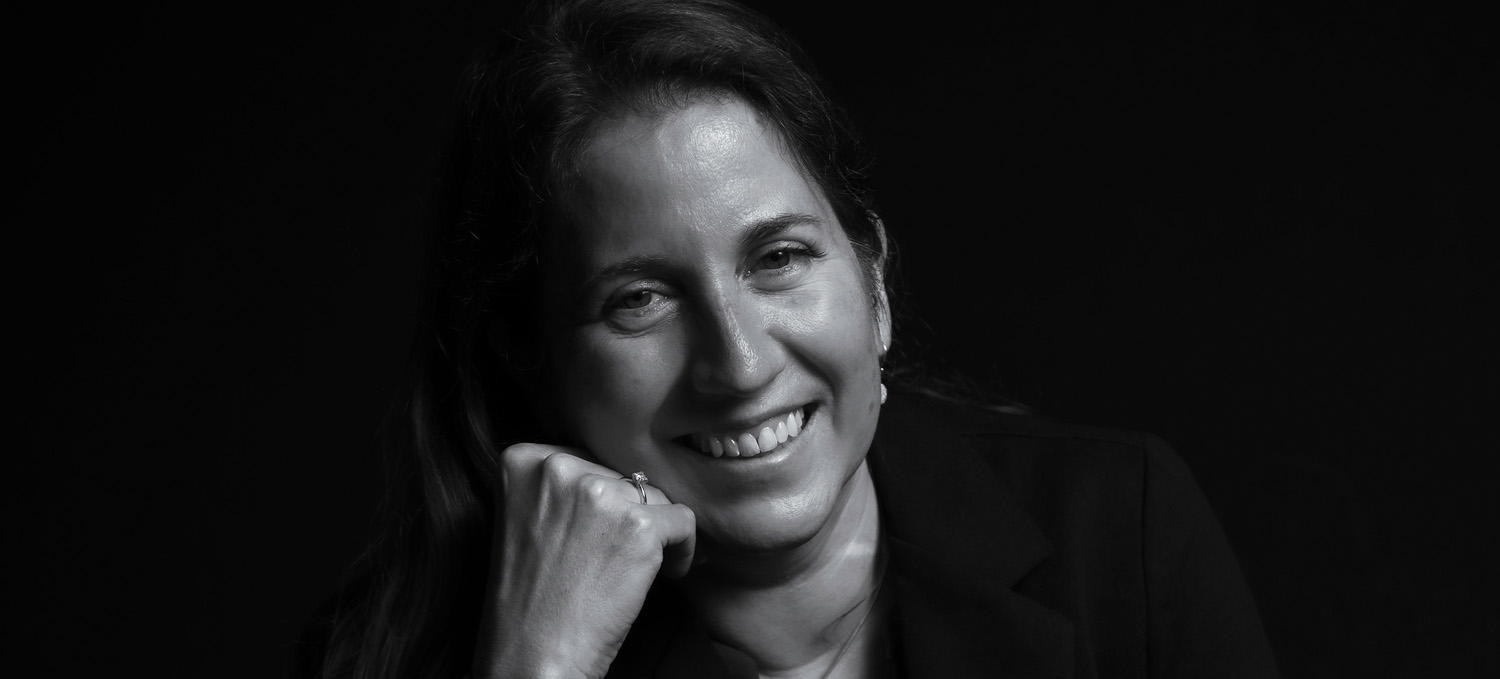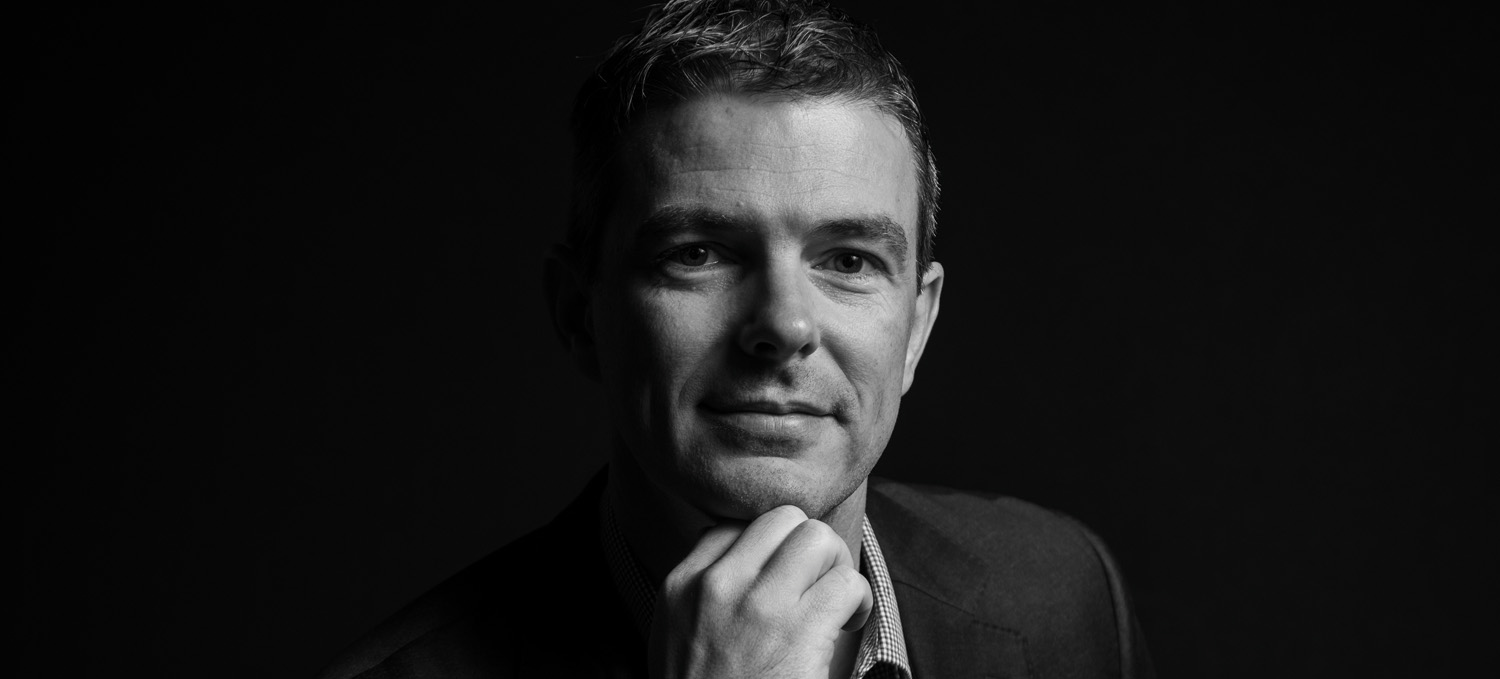
8 minute read
Luminary Thinkers
by UF_CLAS
By Douglas Ray
The nitrogen in our DNA, the calcium in our teeth, the iron in our blood, the carbon in our apple pies were made in the interiors of collapsing stars. We are made of star stuff.
— Carl Sagan
From arts and humanities, to social sciences, mathematics and natural sciences, faculty members of the College of Liberal Arts and Sciences offer the foundation for an education based in creative thinking, exploration, and the pursuit of knowledge. Here we meet a sociologist, a medical geographer, and a chemist whose collaborative research, passion for teaching, and contributions to civic welfare are emblematic of the star stuff within and across our luminous faculty.
Lessons from the Amazon

Stephen Perz learned in the Amazon that his training in sociology wasn’t broad enough to evaluate all the impacts of building a transnational highway through the rainforest. The insights he gained are now serving him well as chair of the Department of Sociology, Criminology & Law.
In 2002, Perz was among a group of faculty and graduate students invited to attend a conference in Brazil concerning construction of a highway that would connect several South American nations and pass through the Amazon. It drew demographers like Perz, but also economists, political scientists, engineers, ecologists, and anthropologists.
Under the rainforest canopy, Perz learned that sometimes even a multidisciplinary or interdisciplinary approach to complex issues is still not enough. Creating transdisciplinary solutions were necessary. “We couldn’t just have the academics talking to each other in a seminar room. We had to reach out to the stakeholders, those who had direct experience of what unfolded and how it unfolded,” he said.
Perz observed that with other large infrastructure projects around the world, theories and models were not sufficient.
“Our approach was to have dialogue between our theoretical frameworks and the lived experience, so you have scientific knowledge in dialogue with local and indigenous knowledge,” Perz said. As that dialogue has developed, academics in those regions are now well-equipped to carry on the research, a process Perz has encouraged.
Perz’s focus on social and ecological impacts of big infrastructure projects, particularly in the southwestern Amazon where Brazil, Bolivia and Peru meet, has received over $17 million in research grants. In 2014, he was named a UF Foundation Preeminence Term Professor. In 2015, he was selected the UF International Educator of the Year for Senior Faculty. He was named the CLAS Teacher of the Year for 2018-19. In 2022, he took over as department chair.
“I place a big priority on increasing our research productivity,” Perz said.
“Running a large department is more complicated than running a large grant just because of the number of people involved. Between faculty, staff, and grad students, I have roughly 100 direct reports. That’s many more than I ever had, even on a big research project where I might have had 10 or 15,” he said.
“It becomes exciting when you see things you did to help somebody else go be successful. I’ve gotten the religion on nominating people for awards because I know what they’ve been up to. That’s especially true for the more junior people. They may be less sure of themselves, but then when they see how well they stack up against others in a competitive field, it’s gratifying because you can see the professional growth almost before your eyes.”
Shifting the mindset

What does the Department of Geography at the University of Florida have in common with the university’s Emerging Pathogens Institute, the Center for African Studies, the Center for Latin American Studies, the Interdisciplinary Ecology Program, and Florida Climate Institute? Sadie Ryan.
With appointments in each of these disparate programs, Ryan keeps actual office space in the Department of Geography, where she is a professor of medical geography, and the Emerging Pathogens Institute. Honored in 2024 with a UF Foundation Preeminence Professorship and a UF Research Foundation Professorship, she has been co-director of the Florida Climate Institute since 2019.
“I’m not trained as a geographer, per se,” she said from her lab at EPI. “I found geography later in my career. Geography provides context for everything and offers insight into the lived experience of the environment you’re in, and that includes the history of what led up to what there is today.”
While her Ph.D. from the University of California at Berkeley was earned in the Department of Environmental Science, Policy and Management, and her bachelor’s degree from Princeton was in ecology and evolutionary biology, she finds tools like satellite imagery equip her to manage the disease modeling that puts her at the forefront of medical geography.
“We can get satellite imagery that will tell you things like land surface temperature. We can talk about things like changing seasons by looking at greenness indices changing on landscapes,” Ryan said. “But in addition to that, we can start to do things like describing the fragmentation of the landscape and the built environment.”
“In Florida, we can witness the effects of all kinds of global processes happening simultaneously. Hot seasons lead to climate disasters. Climate disasters can create new mosquito habitats,” she said.
Add in population growth and global travel, and you get the introduction of new vector-borne diseases like Zika, M-pox and malaria. In 2023, there was an outbreak of locally acquired malaria in Florida that was halted at seven cases.
“The public health messaging was good. It was strong, and people paid attention to it. They brought in spray planes and helicopters that covered 10,000 acres. We have a setup other states don’t have,” Ryan said.
She said other states would be wise to adopt surveillance and response measures along those lines, because longer and warmer summers are pushing northward.
“People are getting into the mindset that we need to control outbreak even if we can’t prevent them. What is the shape of your outbreak? What is the shape of your response? How can our models inform that?” Ryan asked.
Exponential impact

New materials and methods to sustainably deal with old materials are being developed in Brent Sumerlin’s laboratory in the Department of Chemistry, but the products that excite him the most are the graduate students who will go on to fill roles in higher education, industry, and government.
“I lead a research group with roughly 30 to 40 people, the overwhelming majority of whom are Ph.D. students conducting research broadly in the area of polymer chemistry,” said Sumerlin, the George B. Butler Professor of Chemistry. “You have this exponential impact when your product is people.”
“I try to create an environment in the lab that is conducive to student enthusiasm and creativity. We want to give them freedom to work on the things that they’re interested in,” Sumerlin said.
Sumerlin’s appointment as director of the George and Josephine Butler Polymer Research Laboratory, a collection of nine independent research groups within the Department of Chemistry, has its own symmetry. George Butler, who with his wife, established the lab with a generous gift, was the Ph.D. advisor of the person who was later Sumerlin’s Ph.D. advisor. And Sumerlin’s post-doc advisor did his own post-doc work with Butler at UF.
“It’s very poetic, almost like fate,” Sumerlin said with a laugh. Sumerlin is the 2024 recipient of the Mark Scholar Award from the American Chemical Society, recognizing excellence in research and leadership in polymer science.
Polymers are materials, including plastics, composed of large molecules that are made up of many repeating smaller molecule units called monomers. Some polymers, like DNA, occur naturally but others are synthesized for many uses in medicine and industry.
Along with Assistant Professor Austin Evans, Sumerlin is part of a team that includes researchers at Carnegie Mellon, the University of Michigan, and the University of Delaware who recently received a grant from the Department of Defense to develop polymers that, rather than insulate, are thermally conductive.
The scale and scope of polymer research at UF is unusual. Many top-tier research universities may have one or two polymer chemists, but the Department of Chemistry has nine. Across the university there are 35 polymer researchers in five units, organized as the Center for Macromolecular Science & Engineering. Sumerlin co-leads that along with Butler Professor Emeritus Ken Wagener, who led the Butler Laboratory for more than 35 years.
“I would still say that we’re one of the first places one would think of when you think of polymer chemistry in the U.S.,” Sumerlin said. “It also raises awareness that UF is a place where polymer chemistry is a strength. Employers come here looking for our students.”
Photos by Michel Thomas.





